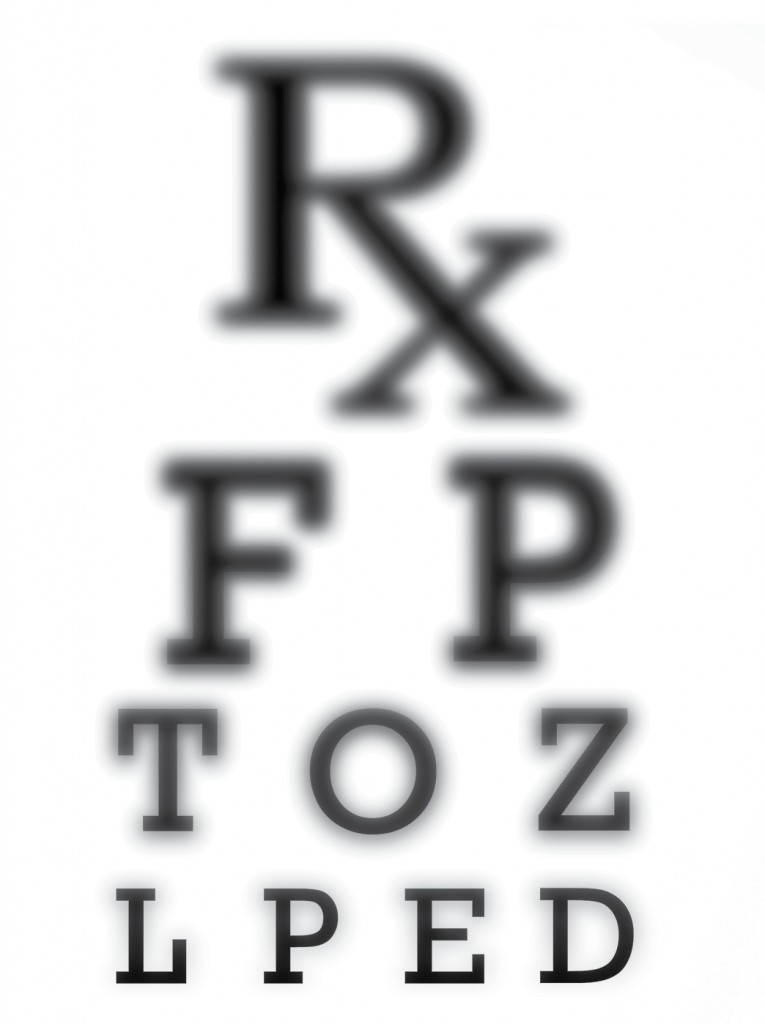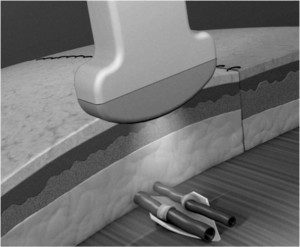A new drug-delivery strategy for vision loss, particularly effective in diabetic patients and the elderly, is closer to clinical trials in patients, says Jordan Green, co-inventor and co-founder of the startup AsclepiX Therapeutics.
Green, who has joint appointments in Biomedical Engineering and Materials Science and Engineering, five years ago teamed up with Aleksander Popel, PhD, and Peter Campochiaro, MD ’78, a professor of ophthalmology of the Wilmer Eye Institute, to tackle age-related macular degeneration. Today, one class of drugs is primarily used to treat the condition. Patients receive monthly or bimonthly injections in the eye to halt blood vessel growth, which causes the central vision loss.
The Johns Hopkins approach offers two key advantages. The new peptide-based drug appears to be more effective at halting and reversing blood vessel growth, and the time-release delivery system—a novel biodegradable particle—stays in the eye longer, gradually delivering the drug and reducing the number of needed needle injections. “We’re getting great results,” says Green, “and hope to start phase I clinical trials in the next 12 to 18 months.”
When people think of industrial robots, they may envision huge hunks of metal that do the heavy lifting on manufacturing lines, producing everything from cars to spaceships. But the trend in manufacturing robotics is toward smaller, nimbler robots that work alongside people, assisting with a variety of tasks.
“There’s a need for a Swiss army knife-type robot that can perform many different tasks, is easily programmed, and can be scaled to new and different tasks in a cost-effective manner,” says Kelleher Guerin, PhD ’15, of the Department of Computer Science, who has worked on just such an invention with his thesis adviser, Greg Hager.
“Our system allows for simple instruction of the robot to new tasks without requiring new software,” says Guerin. He and Hager have filed for patent protection and received early funding on their proprietary software platform, called Adjutant. Early tests have shown the software to be successful at guiding a robot seamlessly between machine-tending and spot-welding tasks.
A new imaging device, developed by Jerry L. Prince, the William B. Kouwenhoven Professor of Electrical Engineering, and Devin O’Brien-Coon, a surgeon at Johns Hopkins Hospital, holds promise in helping health care workers more easily and quickly detect blood clots in patients recovering from reconstructive, transplant, and vascular surgeries.
Called EchoSure, the technology is used after surgeries in which arteries or veins are reconnected—the junctures that are highly susceptible to clotting and require diligent monitoring. The system is designed to make it possible for less skilled health care workers, such as those without sonographic training, to quickly detect clot formation. It includes an absorbable echogenic marker placed underneath vessels at the surgery site (EchoMark), as well as software that guides users to the correct position to monitor blood flow (EchoFind).







